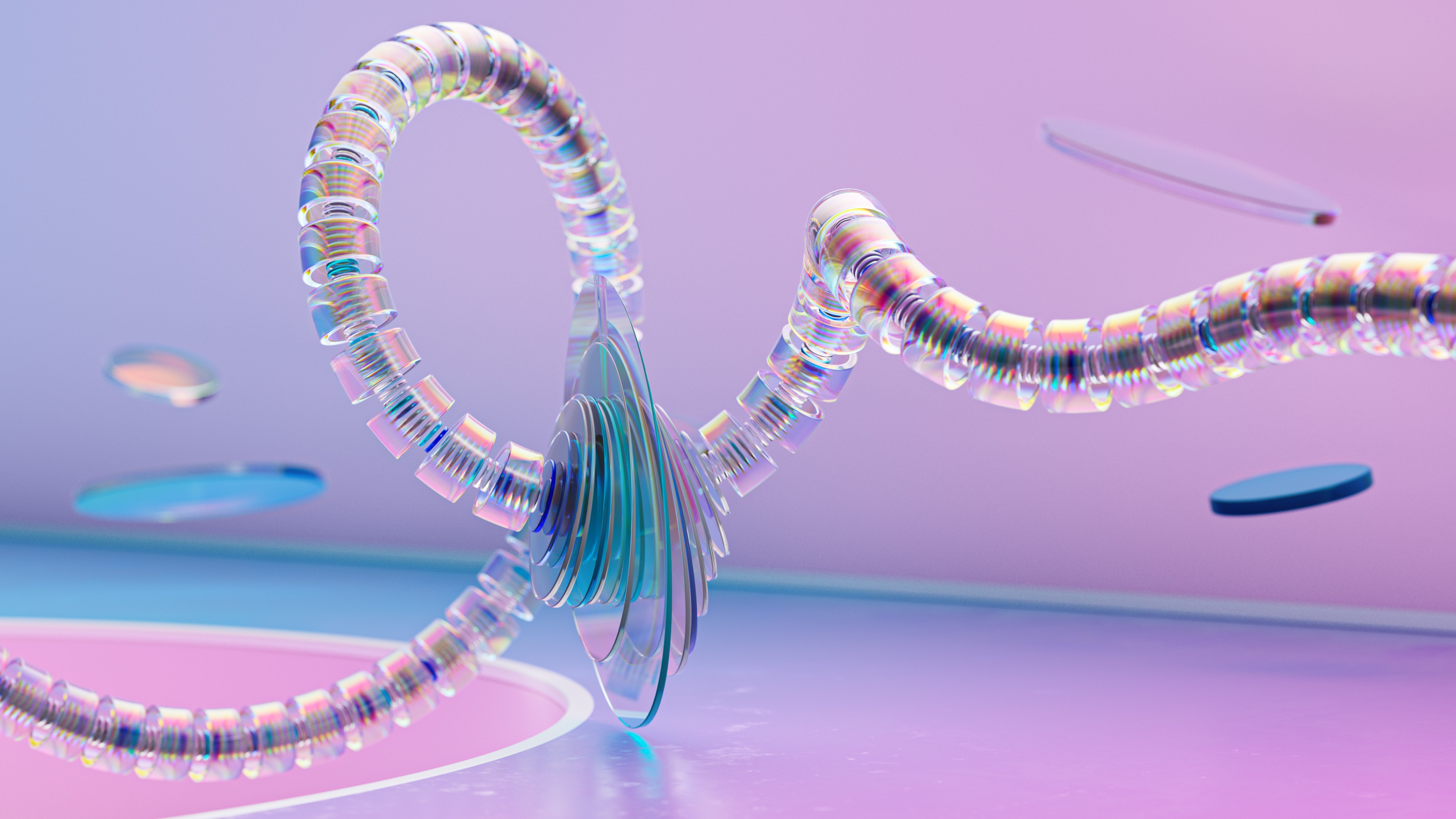SERVICES
Communication Design
Digital Experience
Digital Transformation
Innovation
Regulatory Design
Studio
share
ChatGPT, a large language model trained by OpenAI that is going viral, can be applied in a variety of ways in the field of human-centred design.
The field of human-centered design is all about creating products, services, and experiences that meet the needs of real people. This process begins with an understanding of human behavior, and it’s here where ChatGPT can play a valuable role.

Here are some examples of where ChatGPT can play a valuable role:
User research
ChatGPT can be used to generate survey questions or interview prompts that are tailored to specific populations or research goals. This could include generating questions that are age or culture-specific, or creating scenarios that elicit specific behaviors or emotions.
Personas
ChatGPT can be trained on large amounts of data to generate detailed personas, which are fictional representations of real users. These personas can be used to inform the design process, helping teams to understand the needs and goals of their target users.
Prototyping and testing
ChatGPT can be used to generate natural language scripts for user testing and research, which can help teams to quickly create realistic prototypes and test them with users.
Content creation
ChatGPT can be used to generate contextually relevant and personalized content for products, services or campaigns. This can help companies to make sure that their communication is effective in reaching and engaging their target audience.
Predictive modeling
ChatGPT can be trained on large amounts of data to make predictions about human behaviour. For example, it could be used to predict which features users are most likely to use, or to identify the factors that influence a particular outcome.
ChatGPT has the potential to be a valuable tool in the field of human-centred design. Its ability to process large amounts of data and generate natural language content can help teams to better understand the needs of their users and to create products and services that are more likely to meet those needs.
As the technology continues to evolve, we can expect to see even more applications of ChatGPT in the field of design in the future.
